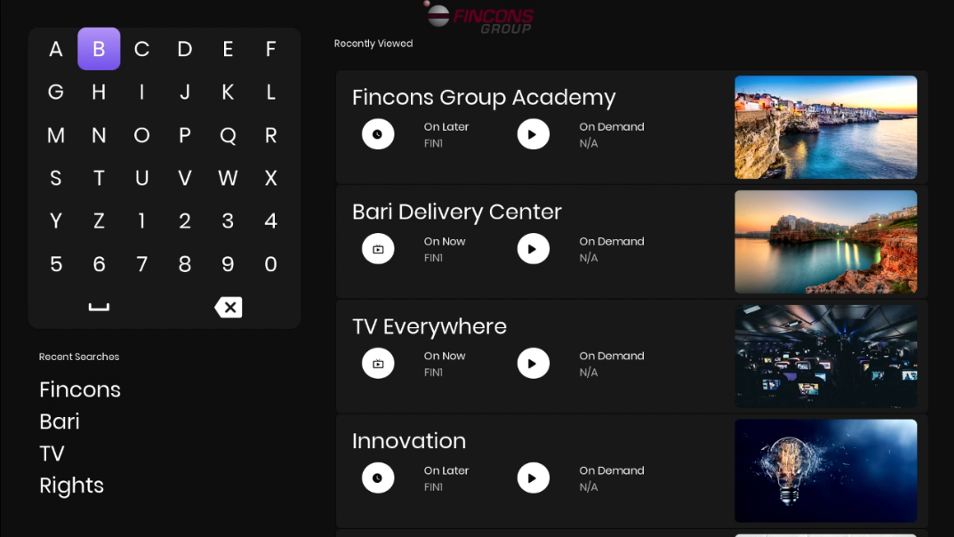At CES 2020, voice-assistant technology continued to proliferate, fueled significantly by the growth of the internet of things (IoT), but with television also being an important part of this expansion. Among the major players, voice technologies from Amazon, Google and Samsung are being integrated into TVs. To date, these systems assist TV remote control, enabling basic actions like turning the TV on and off, changing channels and adjusting the volume. With Next Gen TV and its interactive potential on the horizon, however, it would be far more interesting to use the voice interface to interact with broadcast content at a deeper level.
While the ability to control basic TV functions is certainly useful, voice platforms could provide intuitive control where traditional remotes can’t. Imagine you are watching a NASCAR race where individual statistics and different camera views are available for each driver. To navigate this content with a traditional TV remote control, you would have to use navigation arrows and an on-screen display (OSD), followed by OK or enter. But with a voice interface, you could simply say, “Show Greg’s stats,” or, “Show Martin’s front camera.”
Search is an even better example. Entering text into a search box via a remote control and an onscreen keyboard is generally frustrating, or at best cumbersome. Auto-complete helps, but using a voice interface for search is far more natural, and it could even become more like a conversation. For example, a user could ask, “What’s on right now?”, “Show me the local weather” or “Show me the local news.”

There are still more benefits to voice control for TV remote control. Consider the recent trend of making remote controls more clever by replacing traditional navigation with swipes or wheels instead of arrow keys. These variants can be pretty cool, but they create challenges for creators of interactive content for the TV.
The Next Gen TV standard has been designed to take full advantage of both broadcast and broadband, so it is possible to bring a robust voice interface to the TV. With such an interface, one can imagine a vast improvement in consuming interactive content on home TVs.

